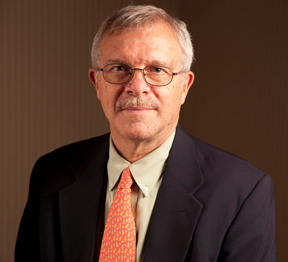
Primary care providers, including family practitioners and general internists, form the backbone of the healthcare delivery system. They, along with nurse practitioners, physician assistants and other “mid-level providers” or “physician extenders”, take care of routine and not-so-routine patient needs, usually in the outpatient setting. These are the caregivers with whom the patient forms a special bond and to whom they turn for advice or for referrals to specialty physicians.
It has been demonstrated that communities (or countries) with a higher proportion of primary care providers have less emergency room visits, less hospitalizations, higher levels of preventive care including vaccinations and cancer screenings, and lower mortality rates. More primary care doctors equates to a healthier community, something that does not necessarily hold true for specialists.
Health, however, has not been the driving force in medical career choices. In the medical and other professions, economics and lifestyle considerations also drive decisions more often than altruism. Residents in internal medicine used to go into primary care about 50% of the time, but that number has dwindled now to less than 20%. Most internists now enter subspecialty training or become hospitalists (those who work exclusively in the hospital). Meanwhile, the number of family practice residents, who almost always stay into primary care (90%), has remained flat.
What drives this dwindling number of primary care providers? The answer is complex, but includes school debts, lower reimbursements, less professional prestige, mountains of complex rules, regulations and paperwork, demands of recertification, frenetic call schedules associated with sacrifices of family and personal time, and the horrors of litigation in our nightmarish medico-legal environment to name but a few. Thus, incentives to remain in primary care have diminished, while incentives to leave it have increased.
Unfortunately, the aging population and the expansion of medical demand related to the Affordable Care Act mean that the need for primary care will only increase just as the supply levels off or drops. Reactions to this situation vary from dire predictions of doom to more nuanced interpretations. Some experts raise the alarm and recommend immediate changes in reimbursements and graduate medical education funding. Others feel that electronic medical records, medical homes, and an increased number of “physician extenders” will fill the void. In reality, however, most “physician extenders” work with sub-specialty doctors and not with primary care physicians.
No one, however, really knows for sure what the future holds, but what is known is that primary care providers play a positive, even crucial, role in the community’s health. The turmoil in medical care is aggravated by the ballooning of medical costs in general in the United States. With 17% of the GDP consumed by our massive medico-industrial complex (over $8,000/person/year), spending more money is not a realistic option. More and more, the decision to reward or punish elements of our healthcare delivery system will depend of the cost effectiveness of that segment. Hospitals, the largest slice of healthcare costs, risk being “losers”, while primary care providers may well come out as “winners”. Primary care is cheaper, more efficient, gives enhanced “bang-for-the-buck” in preventive care and results in healthier communities. Despite that winning combination, the flight from a choice of a primary care career continues to accelerate. In fact, the loss of primary care physicians—such valuable resources to any community—occurs at a much higher rate than for subspecialists at any age, and should be avoided whenever possible.
What can reverse this trend? Shifting reimbursements, collaborations of multiple providers in medical homes, a more charitable approach to lifestyle, and reductions in the constant dread of litigation will all help. The question remains as to whether we, as a society, are willing or able to make such difficult choices. If we can, however, we will all live in healthier communities. It is up to policy makers and healthcare providers to align the public interest with the clear advantages of adequate primary care.









